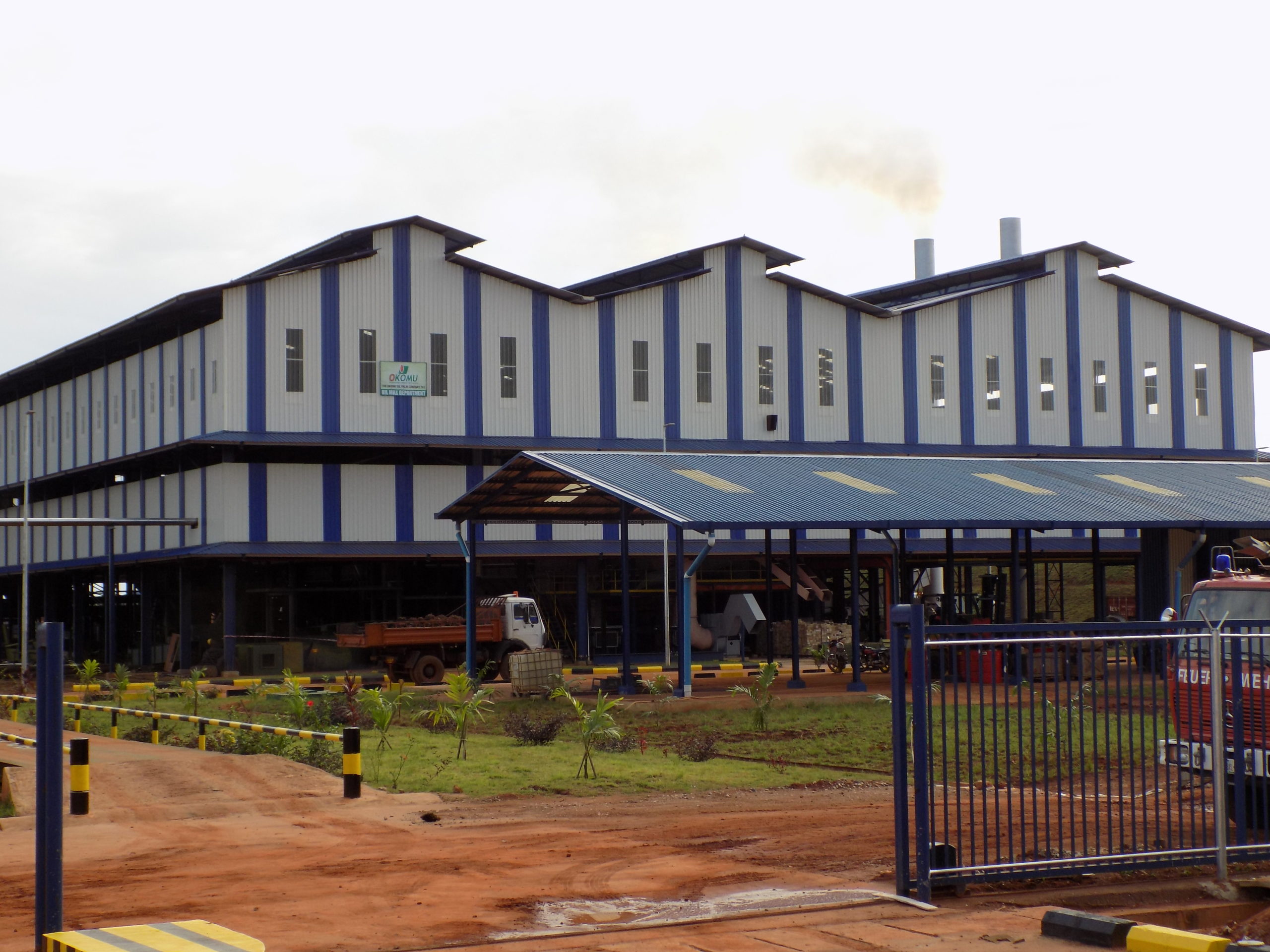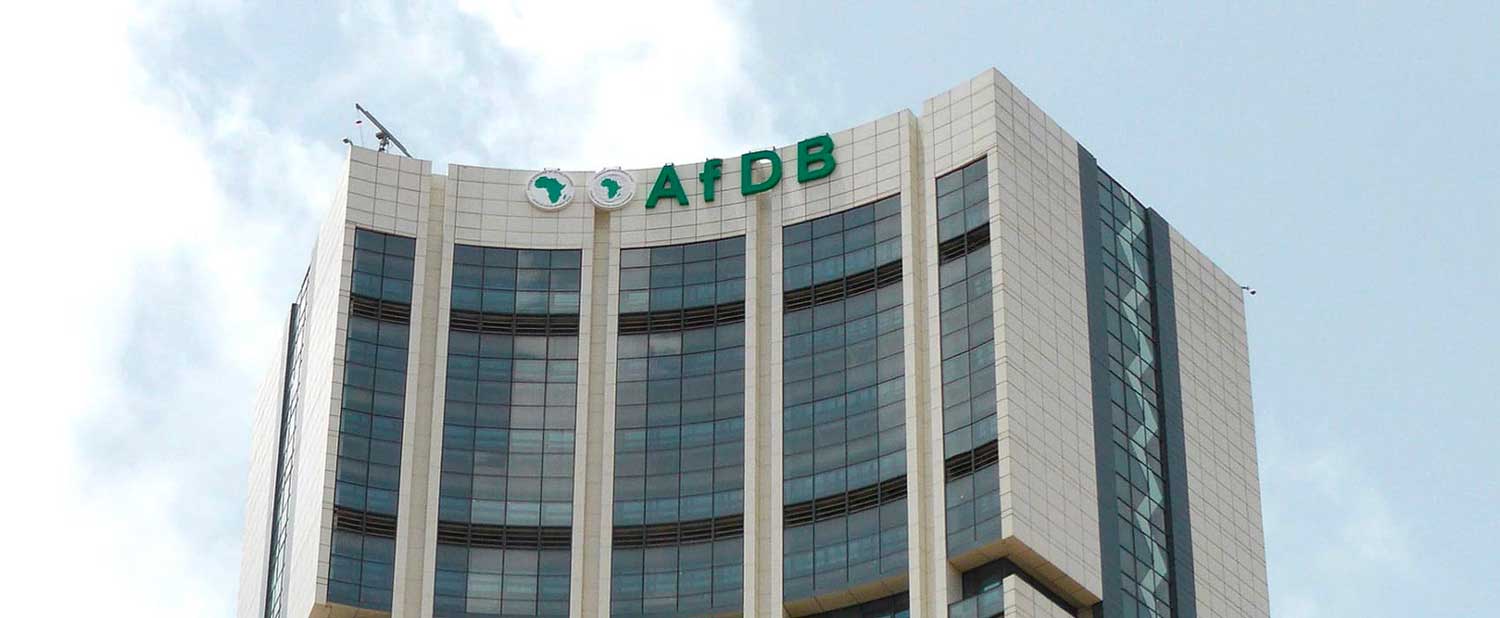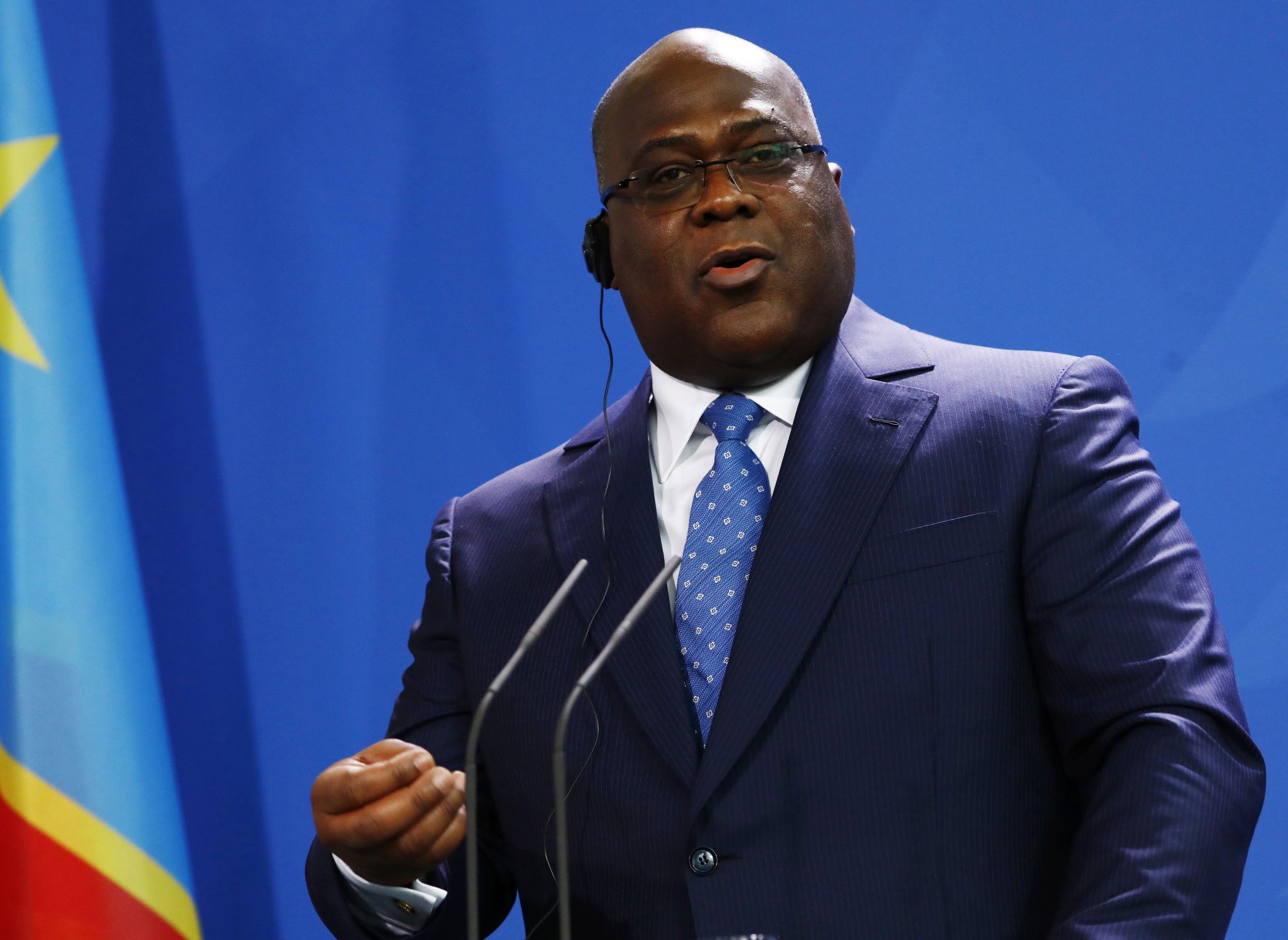Okomu Oil Profit Surge Anchors Agribusiness Confidence
NGX:OKOMUOIL profit rises 113% to ₦60 billion; NGXASI climbs 45% YTD as XAUUSD and CL=F stability support valuations and input-cost discipline through Nigeria’s disinflation cycle.

Okomu Oil Palm Company Plc (NGX:OKOMUOIL) has reinforced its position as Nigeria’s most profitable listed agribusiness, reporting a 113% year-on-year rise in after-tax profit to ₦60.33 billion for the nine months ending September 2025, supported by a 67% jump in revenue to ₦173.95 billion. Domestic sales expanded roughly 76% and exports 20%, while pretax profit climbed 107% to ₦84.10 billion. Cost of sales rose only 34%, widening gross margins. Finance costs dropped 73% as debt repayments cut leverage, enabling free-cash-flow growth and an interim dividend of ₦10 per share payable in November 2025.
The earnings expansion reflects a synchronized improvement in prices, output, and cost control. Benchmark palm-oil prices averaged about USD 1,035 per metric ton in Q3 2025, 10% above a year earlier, amid tight global supply and rising regional demand. Nigerian food manufacturers substituted imports with local oils, lifting domestic offtake volumes. Disinflation has supported real margins: headline CPI eased to 18.02% year on year in September 2025, down from 20.12% in August, as currency stability around USD/NGN 1,470–1,480 reduced imported-input volatility. The Central Bank of Nigeria’s 27.00% policy rate, held steady after a September cut, continues to restrain monetary liquidity, but corporates with low leverage such as Okomu are positioned to exploit tighter credit conditions through internally funded growth.
At the macro level, the results underline the growing weight of agriculture—now about 25% of GDP—in driving Nigeria’s non-oil expansion. Overall GDP is projected to grow 3.4% in 2025, with non-oil sectors exceeding 90% of total output. Palm-oil production remains central to the government’s diversification agenda, contributing roughly USD 400–500 million in annual export earnings. Okomu’s vertically integrated model, spanning plantations, milling, and downstream processing, has insulated margins from logistics and import costs while amplifying the benefit of foreign-exchange pass-through on export revenue. The naira’s 4% appreciation since July 2025 has had little negative impact on profitability given the firm’s domestic pricing power and cost-base efficiency.
From a capital-market perspective, the company’s performance consolidates investor interest in agriculture as a hedge against FX risk and inflation. With a market capitalization of about ₦970 billion as of 17 October 2025, Okomu represents roughly 30% of the agribusiness segment on the Nigerian Exchange. Its 12-month share-price rally exceeding 200% has far outpaced the NGX All-Share Index’s 45% year-to-date gain. The stock trades around 15 × trailing earnings and 9 × book value, metrics that appear justified by net margins above 30% and a dividend yield near 5.7%. The performance signals that agribusiness equities—traditionally treated as defensive—now operate as growth vehicles within frontier-market portfolios.
Sectoral and macro linkages reinforce this shift. Nigeria’s external reserves remain near USD 34 billion, while the current-account deficit has narrowed to 1.8% of GDP on higher non-oil receipts. Each incremental tonne of processed palm oil substitutes imports and reduces dollar demand, marginally strengthening the external position. Stable commodity benchmarks—gold (XAUUSD ≈ USD 2,300/oz) and crude (CL=F ≈ USD 80/bbl)—further temper imported-inflation pressure and support input-cost predictability. Okomu’s deleveraging and cash-flow strength improve credit conditions for agribusiness borrowers, compressing corporate-bond spreads and fostering broader capital-market confidence.
Forward visibility is measurable through operational and macro indicators. Should global palm-oil prices stay above USD 900 per ton through mid-2026, the company’s cost-to-sales ratio remain below 40%, and export sales exceed 15% of revenue, Okomu can sustain double-digit profit growth. Conversely, renewed naira weakness beyond 1,600 per USD or energy-price shocks could erode margins.
Over the next 12–18 months, investors will track quarterly operating-cash-flow expansion of at least 10% and stable dividend coverage above 60%. Meeting these metrics would confirm that Okomu’s current profitability surge is structural, not cyclical—evidence that Nigeria’s agribusiness sector is becoming an anchor of macro resilience rather than a residual beneficiary of policy intervention.





